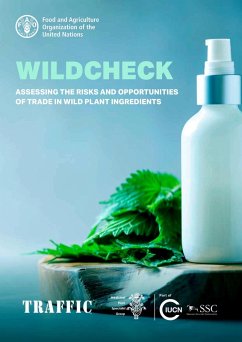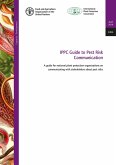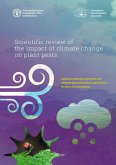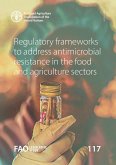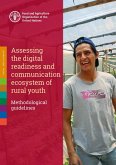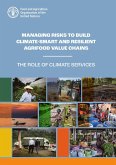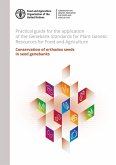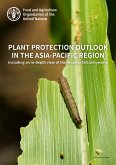Thousands of consumer products around the world contain ingredients obtained from wild plants. Wild harvest accounts for some or all the harvest of the great majority of plant species in trade (between 60-90 percent). Wild-harvested plants often come from the most biodiverse ecosystems on earth and many have been used traditionally or by local communities for generations. While these products have global markets and provide critical sources of income, they can also have deep ties to particular cultures and places. Demand for wild plant ingredients is growing rapidly, having grown by over 75 percent in value over the past two decades. Thousands of harvested species are at risk mainly from a combination of overharvest and habitat loss: of the 21 percent of medicinal and aromatic plant species whose threat status has been assessed, 9 percent are considered threatened with extinction. Despite their ubiquity, importance, and the threats facing them, wild plant ingredients are often obscured from consumers and escape companies' due diligence due to a lack of awareness and traceability. Best practice standards exist but have yet to capture a significant portion of the market. This report aims to address these challenges by making information on a selection of 'flagship' wild plant ingredients, the Wild Dozen, readily available and easy to understand. By offering this information without obligation to a specific prescription for follow-up action (e.g. through certification or policy change), it is hoped that a wide range of users will access the report as a first step towards responsible sourcing. Along with a broader update on the state of wild plants trade, the report provides a 'profile' on each of the Wild Dozen species, summarising key facts on production and trade. Each profile contains a traffic-light risk rating on biological and social factors, along with an overview of opportunities for responsible sourcing. The information is aimed at industry, consumers, policy-makers, investors, and practitioners, concluding with a summary of what these various stakeholders can do to contribute to a sectoral shift towards responsible sourcing of wild plant ingredients.
Dieser Download kann aus rechtlichen Gründen nur mit Rechnungsadresse in A, B, CY, CZ, D, DK, EW, E, FIN, F, GR, H, IRL, I, LT, L, LR, M, NL, PL, P, R, S, SLO, SK ausgeliefert werden.

